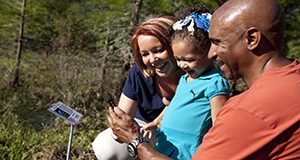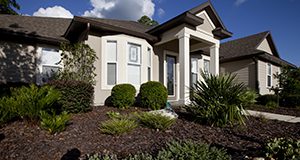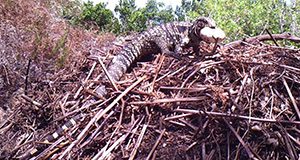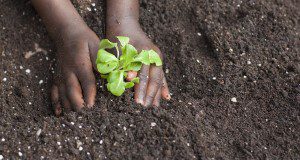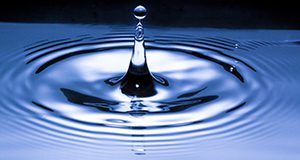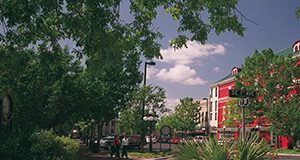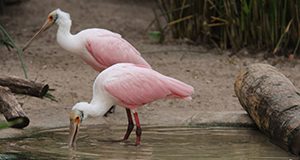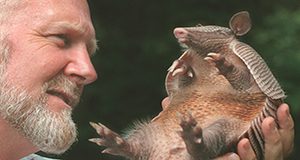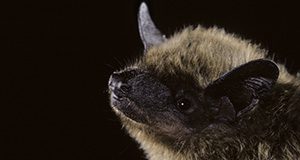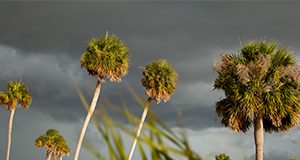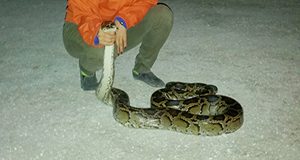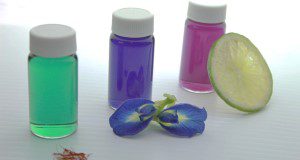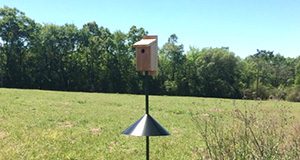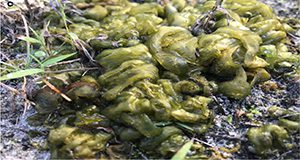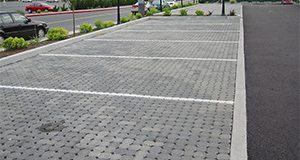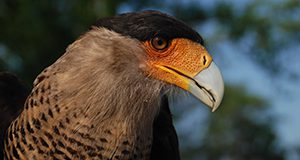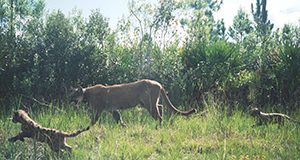
iNaturalist is one of the most popular citizen science data portals in the world. Citizens can submit pictures of biological observations to an online data base to be reviewed by the rich online community and used for important biodiversity research around the world. Users can use the iNaturalist ap to plan community projects and bioblitzes and learn more about species identification and biodiversity. In this 5-page fact sheet, authors Matthew Earl Boone and Mathieu Basille explain how observations are vetted and used and give a step by step guide to get started! Published by the UF/IFAS Department of Wildlife Ecology and Conservation.
http://edis.ifas.ufl.edu/uw458
